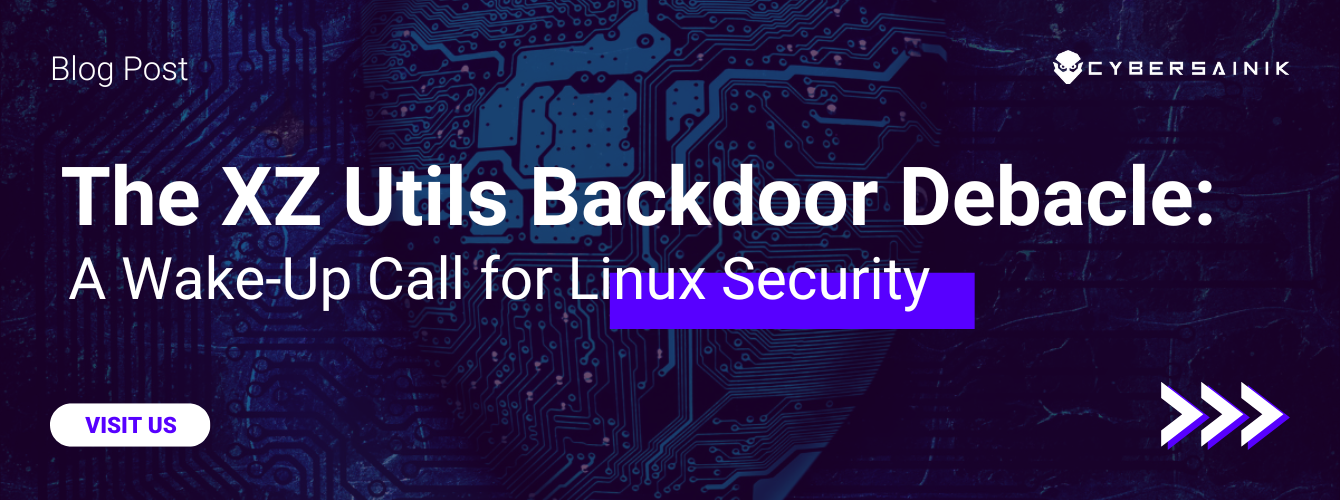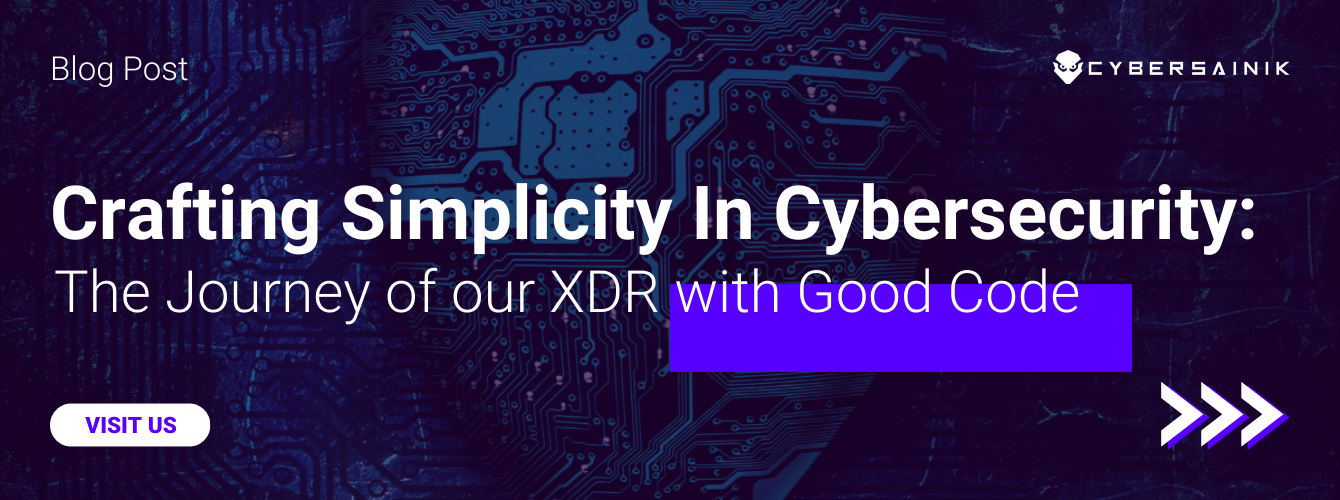There’s no doubt that technology has become vital in today’s business world. The digital space has expanded significantly as more organizations leverage entirely remote and hybrid work structures, enabling successful online business.
But as digital activities increase, so does threat actors’ desire to take advantage of the vulnerabilities and opportunities. This has brought about new advancements in digital crime and computer security threats. Businesses of all sizes have had to bear the impacts of vast cybercrimes, including economic costs, reputational damage, and legal consequences.
Cybercriminals are becoming more strategic and innovative, and the only way around the constantly evolving threats is to implement a strong cybersecurity culture. Savvy organizations throughout the United States are now turning to cybersecurity training as part of their organizational culture.
Why Cybersecurity Training is Vital?
Cybersecurity awareness coaching educates workers about the state of the digital security landscape. The programs use diverse learning methods to raise awareness of the available threats, reduce cyber risks, and enforce robust security compliance. All these are crucial for the following reasons:
1) Cyber Threats Are Getting Worse by The Day
Cybercriminals have become more intelligent, leveraging advanced approaches and tools to target victims’ systems and data. Moreover, it’s now harder to diagnose breaches.
On average, an organization may take about 228 days to identify a data security breach as it occurs and an additional 80 days to mitigate it. This shows how critical it is to implement a robust cybersecurity training program to keep staff prepared to contain any threats. While business insurance aids mitigation, the resultant downtime can be extremely costly.
Companies may also be at loggerheads with the law after data breaches because they’re obliged to take due diligence to secure sensitive client data. They could face potential legal intervention and fines.
2) Compliance Requirements Are Gradually Focusing On Staff Coaching
Compliance like PCI-DSS (Payment Card Industry Security Standards Council) and HIPAA (Health Insurance Portability and Accountability Act) have rules emphasizing worker training. They acknowledge the importance of educating employees in all departments about cyber hygiene and best practices. The requirements also include letting every staff member understand their obligations.
Moreover, regulations like CCPA (California Consumer Privacy Act) and GDPR (General Data Protection Regulation) also have similar directives. Companies risk hefty fines and damaged reputations without comprehensive awareness training on all these.
3) Most Workers Don’t Understand the Risks
Your workers are the primary targets for cybercriminals planning to breach critical systems in your business. Instead of trying to access a secure system or network externally, it’s now easier for them to impersonate authorized organization members. This allows them to inflict damage from within anonymously.
Unfortunately, most workers still don’t even see the importance of cybersecurity training. Even worse, up to 22 percent of employees feel they’re not obliged to secure their employers’ systems and data.
4) The Immense Dangers of Human Error
The latest IBM Cyber Security Intelligence Index mentions that up to 95 percent of breaches result from human error, yet firewalls can’t offer adequate protection from phishing emails. Even your cutting-edge data security solutions won’t matter if employees can’t identify cyberattacks and respond appropriately.
It’s easier for threat actors to create a phishing email than investigate zero-day vulnerabilities for months. If your workers aren’t ready, your organization isn’t either. Therefore, a comprehensive training program will raise awareness on threat susceptibility, which benefits your company in the following ways:
- Enhancing your resilience against threats
- Shifting employee mindset and enabling behavior change
- Generating buy-in and commitment to cybersecurity initiatives
- Improving audit results critical in regulatory compliance
- Limiting human error and mitigating risks
What Makes for A Successful Cybersecurity Training Program?
So what does it take to deploy successful employee training? What are the key elements that you should include in the program?
Well, different approaches work for specific companies, and what might be effective in your business may not be feasible for the other. However, several core cybersecurity elements stand out, including:
1) Secure Network Connections Passwords and Access Privileges
Network security is the gatekeeper that grants access to authorized users while also detecting and preventing unauthorized access. It also secures your system against any activity focused on infiltrating the network to compromise or harm data. As such, it’s among the vital contributors to a strong cybersecurity culture and must be considered when creating an employee training program.
Your employees should be knowledgeable of the following critical network security fundamentals:
- Physical security
- Accountability
- Authentication
- Access controls
2) Phishing and Social Engineering
Fraudsters and hackers use these tricks to trick employees into divulging critical company data or unknowingly performing actions that grant unauthorized access to systems. Since infection relies on human interaction, your staff teams must be ahead of these cunning threat actors. So your training should cover the following techniques:
- Phishing
- Spear Phishing
- Vishing
- Baiting
- Pretexting
3) Device Security
Many organizations are prioritizing mobile initiatives to boost operations and productivity. But the different devices accessing your networks and systems from remote locations come with endpoint security risks. As custodians of these devices, employees must learn the leading risk factors and threats, including:
- Data leakage through malicious applications
- Spyware
- Internet of Things devices
- Lost or stolen devices
- Unsecured public WIFI
- Outdated operating systems
4) Cybersecurity Threat Reaction
An incident response plan helps mitigate the breach and recover from any losses and damages and is also a PCI-DSS requirement. As such, there’s every reason to enlighten your staff on the best practices after a cybersecurity incident.
The plan should address a suspected breach at different stages. Typically, your training program should cover the following threat reaction phases:
- Risk preparation
- Threat identification
- Breach containment
- Eradication of threat
- Recovery
- Learned lessons
Cybersecurity Experts Are Ready to Help
With data breaches, cyberattacks, and sensitive data leakages on the rise, governments and organizations must place more efforts on cybersecurity through effective strategies and training initiatives. But it’s not easy to nurture a strong cybersecurity culture, especially if tech isn’t your specialty.
Fortunately, Cyber Sainik’s security services and solutions offer a level playing field for organizations of every size and sector, and we’re ready to help you enhance your cybersecurity posture. Our cybersecurity team is ready to help you achieve end-to-end system and network security. So schedule a free consultation today.




